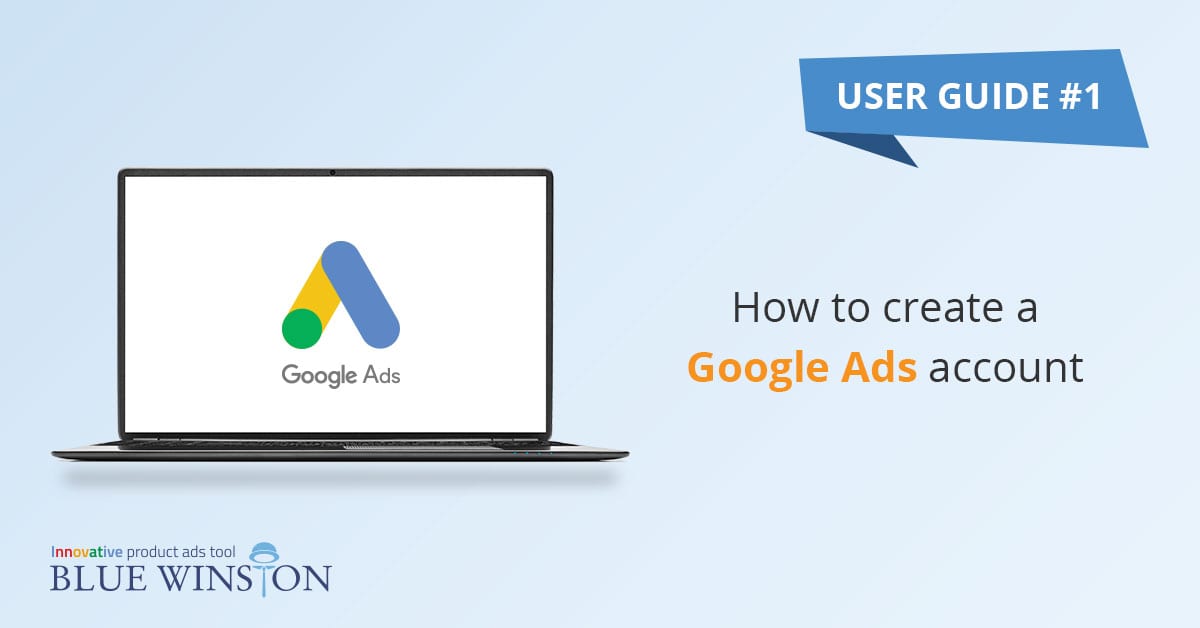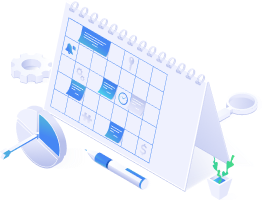Google AdWords, now Google Ads, is a system for online advertising of products and services on Google. For such advertising, you need your online account and website to link. Sign up and creating an account with this system is free and easy, taking only couple of minutes. We have written for you a clear guide on how to do it.
STEP 1
On the Google Ads page, click the blue "Start now" button in the upper right corner. Select the email you want to register under. If you already have a Google Account (Gmail), use this email address. If you want other people to be able to use your Google Ads account, you can invite them once you've created one.
STEP 2 → Log in
→ If you already have a Google Account (that is, if you already use another Google product, such as Gmail), enter your Google email address, password, and then click Sign in.
→ If you don't already have a Google Account, or want to sign in with a different email address, click the Create Account button at the bottom of the screen and follow the instructions to create and confirm your new Google Account.
STEP 3 → What is your main advertising goal?
In this step, Google Ads asks you what results you'd like to see. You choose the one that best describes you, whether it is that you want to achieve more calls, visits to your store, or more sales/registrations on the web.
Expert Mode → If you switch to Expert Mode in Google Ads, you'll see the following steps:
Here you can choose your advertising goal in a little more detail.
If you only want to register your account without an advertising campaign, for now, do so in the following click → in the lower-left corner (create an account without a campaign)
If you want to create an ad campaign right away, you can choose the type of campaign you plan to run in the next step.
You can choose from Search campaigns, Smart Shopping campaigns or Display, Video,…
After entering your Company Name and site name, follow the steps below as Google Ads directs you.
The basic layout of the Google Ads
SETTINGS
Company Data -> You can use various sources of company data and feeds in your account. You manage these resources in the Company Data section. These resources can include, for example, parameters for the behavior of your ads in a particular context, or product inventory from which to create dynamic ads.
Access and security -> You can set up access to your account for other people. Don't give them your password from your account! In Account access settings, create shared access for them based on their email address or multi-client center account (MCC) ID and select the competencies that these people will have in your account.
You can add and remove these accesses over time.
Linked Accounts -> In this section, you can track the linking of your Google Ads account to those in other services provided or mediated by Google. You can link your account to your Google Analytics account, learn more here.
Transactions -> Here you can set payments and budget for your Google Ads credit.
Google Merchant Center -> your Google Merchant Center account is used to upload products, where you can then link your Google Ads account to Google Merchant. Instructions on how to do this can be found in this article.
MEASUREMENT
Conversion measurement settings -> in the Measurement -> Conversions section. Conversion tracking settings are one of the basic settings necessary to properly evaluate and optimize PPC campaigns. Instructions for setting up conversion tracking can be found here.
SUMMARY
Campaigns -> Here you will find an overview of the campaigns you have created in Google Ads with graphs and tables. MEASUREMENT
Keywords -> phrases that allow you to match the ads you create to the terms people are searching for. Learn more here.
Publishers -> In this section, you can manage your remarketing lists, where you can control which audiences see your Google Ads campaigns.
What do the individual settings mean?
-
Billing and payments
In the Billing and Payments section, you need to complete the required information to start your advertising. Set who should be charged for the transactions regarding your ads and how you want to pay them.
The payment method for advertising is pay-per-click (PPC), which means that the payment occurs in the case when your potential customer clicks on your ad. Not when the ad displays.
-
Business data
You can use different sources of business data and feeds in your account. You manage these sources in the Business Data section. For example, these sources may include parameters for your ad's behavior in a particular context, or a product inventory to generate dynamic ads. These are advanced settings that you can come back to later.
-
Account Access
As mentioned at the beginning of this article, you can additionally set up access to your account for others. Don't give them your password! In the Account Access settings, create shared access based on their email address and select the competencies that these people will have in your account. You can add and remove these accesses over time.
-
Linked accounts
In this section, you can track the linking of your Google Ads account to those in other services provided or mediated by Google. This way you have everything organized and under your thumb. We focus on Google Analytics in our other guide, but we recommend creating links also with other services according to your needs.
-
Preferences
In Preferences, you set up basic information about your account, such as language and number format, country, time zone, and so on.
-
Google Merchant Center
The Google Merchant Center is used to upload your store data. To advertise products, you must first upload your inventory on this system and then link it to Google Ads. The following articles provide guidance on creating a Google Merchant Center account and linking it to Google Ads.
This is how fast we've been able to create and set up a Google Ads account quickly, and you're just a step from creating your first advertising campaign for your services and products. However, for better efficiency, you must first create accounts in Google Analytics and the Google Merchant Center. If you prefer to see this guide in video version, check out our YouTube video.
Continue to learn how to create an account in Google Analytics.





